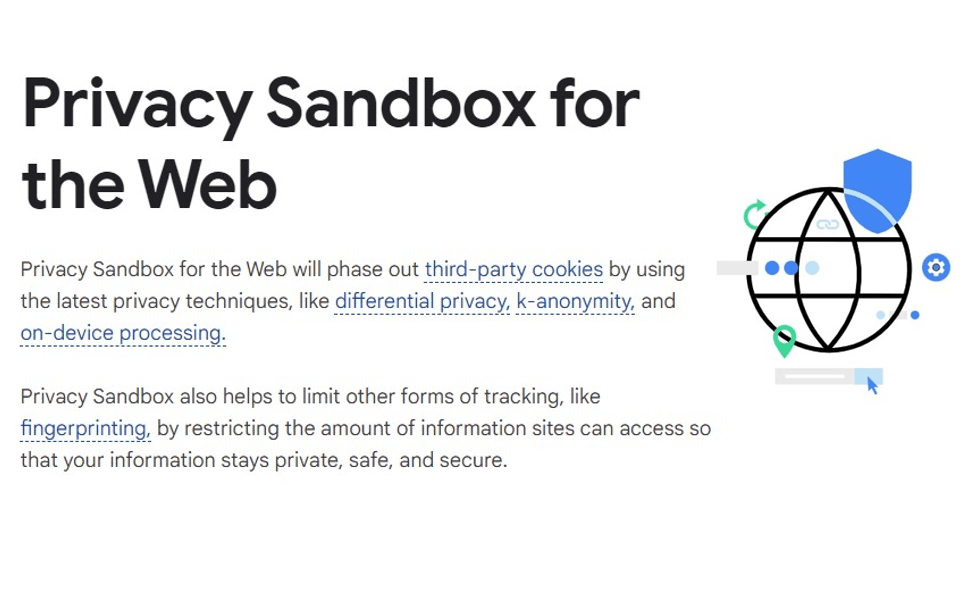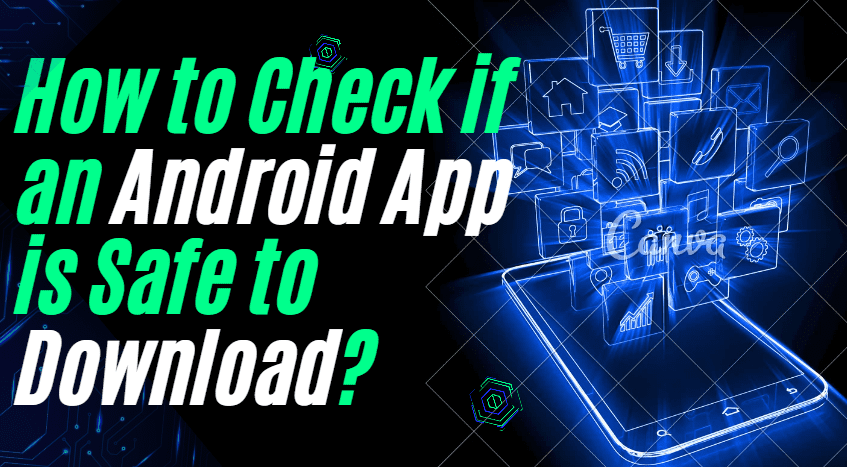The internet is flooded with nasty professional hackers and plagiarizers. They can harm a vulnerable blog in several ways including installing malware or even worse redirecting the traffic to their own sites. So, your first priority is to secure WordPress based blogs those are your bread and jars of butter.
We come across hacking incidents every day. However, every person tends to think along the lines of why will anyone hack my blog or harm my content?
Well, there’s news for you. Hacking isn’t the only thing you should be concerned about. Another malpractice that is, unfortunately, becoming increasingly common is content theft. It is heartbreaking to see this in the world of blogging where talented writers spend countless hours working on a blog with sheer perseverance.
Thanks to search engines like Google, it is now easy to trace the origins of certain content with the help of algorithms. However, it is still not the best feeling to see hours of your hard work spread openly on the world wide web without as much as an acknowledgment of its original source. Mark the tips in this article to nip the WordPress security threats right in the bud.
Let’s have a look at essential steps you need to follow to make secure your WordPress Website or Blog.

-
On this Page show
Ensure Login Security

Admin is the default username for any WordPress account. Everyone including the hackers is familiar with this. To ensure safety, change the username as soon as yesterday. Resort to using Captcha for the user login to defend and secure WordPress from an attack.
If you are not familiar with captcha, all you need is BWS Google Captcha Plugins to implement them. Once implemented, the Captcha will also block spams for you and increase the WordPress security.
-
Get a strong password

This might seem like an obvious tip but you will be shocked to know how many people go for weak passwords just for the sake of their weak memories.
Setting a strong password is the step that you need to take before going ahead with any other WordPress security measure. Ensure that your password is at least 12 characters long and includes lower case letters, numerals, special symbols as well as upper case letters. You can also use the inbuilt WordPress password generator while setting up the user profile; which is enough strong to avoid cracking. Or the online websites to generate a strong password for your blog in order to secure WordPress one level further.
-
Think of a new nickname
You have already gone ahead with changing the default username on WordPress. Now is the time for some food for thought. Every page on your blog announces the name of the author in big bold letters. It is extremely easy for a hacker to hack a blog once the username is known. You can destroy malicious intents easily by setting your username different from the author’s name.
To do this, open the “Your Profile” section. Now, go to the “Users” section under the Nickname field. Set a new nickname.
-
Refrain from announcing the version of your WordPress blog
Visitors to your blog can easily track if you are a lazy person with an obsolete, non-patched version of WordPress as it is openly advertised on every page of your blog. Firstly, I don’t think that it is even necessary now to ask you to take the WordPress version information from your page. Next, make an additional change to build a stronger defence wall. Go to the WordPress installation directory and do away with the readme.html file from there as it is also an active mode of announcing the version of your WordPress to the world.
There are a number of WordPress themes which make your life easier by giving you easy access to the login page through several links. Yes, this “easy access” is also available for the hackers. Either change the theme or remove the login link to ensure a safer experience.
-
Automatic Back-up
Automatic back-ups are your shield against the deadliest of attacks by hackers. It bestows you with the immense power of protecting your blog against the deadliest of attacks by hackers.
If you love your content too much, be sure to utilize the option of automatic back-ups before you introduce significant changes like installing a new WordPress version or getting a new plug-in. You can either backup manually or use the plugins like UpdraftPlus or BackupBuddy
-
Add password protection to WP-admin folder
To keep content thieves at bay and secure WordPress blog, make it difficult for them to reach the login page in the first place. This can be achieved by simply equipping your WP-admin folder with password protection.
Let me tell you the easiest way to this. If you are lost, just log into your C-Panel, select the ‘Password protect directories’ option and you are good to go!
-
Build a defense wall against copy/paste
Stealing web content is not difficult at all. All you need to do is make the “best” use of the easily accessible options of copy and paste on your keyboard and everything right from the content to the formatting will be in your hands.
It would have been way too easy if Tynt had not acted as the main deterrent here. Though it cannot stop anyone from copying your content the moment someone does that this wonderful software simply adds an attribution URL code that guides back to your blog.
If you are sitting there, reading this article and mocking the stupidity of this suggestion let me assure you that content thieves are so lazy that they won’t even have a second look at the document. All they are accustomed to do is copy, paste and publish!
Tynt also keeps you updated on the number of copy commands that were executed on your site as well as the most “popular” posts. You will also be able to keep a track of how many links you have been able to generate with the help of the read more links. You can use the available Tynt plugins.
-
Have your own Google Authorship
Search engines are well equipped to spot duplicated content by marking the earlier publishing dates and thus awarding ranking respectively.
But, what if a blog which has a higher ranking steals your content? Do you really have a say in this situation? Google Authorship comes to your rescue here. If you own a confirmed Google authorship, there is less likelihood of stolen content on another website to rank higher than your original content.
-
Disable Hotlinking
Another way to secure WordPress is to disable hotlinking. Chances are that along with the content on your blog, a person will also copy the images. When a thief steals your content the image URLs will direct the viewers to your server. This will then increase the load and degrade the performance your blog. Directly copying images from someone else’s blog is known as hotlinking.
Well, there is a medicine for this headache too. The prescription reads CloudFlare.
Never heard of it? CloudFlare is an efficient content delivery network that catches information directly, tracks the location of the visitors on the page and then delivers them the cached data. What’s more, you can avail this amazing facility at absolutely no additional cost provided you don’t wish to enjoy the specially designated premium features.
-
Be cautious while installing plugins
Installing a plug-in makes it easier for the hackers to gain access to the core files in your WordPress installation. So, what factors do you need to keep in mind before going ahead and installing a plugin on WordPress to secure it?
- To ensure that a plugin is legitimate, search for it in the plugins directory on WordPress.org. If it is not found here, it is either premium or illegitimate. However, if you can easily spot it in this directory, don’t worry about it and just click on the download button.
- Users can help each other out through the ratings they provide. Scan through the ratings of a plugin before installing it on your own blog. If it has a high number of one-star ratings, there is a high chance that this plugin will come along with security threats.
- If the plugin is not reliable, a moderator is forced to remove it in no time. Thus, have a look at the number of times the plugin has been downloaded. Plugins with thousands of downloads are unlikely to bring along security threats.
- This was all about the plugins that are available in the directory on WordPress.org. Coming to the premium ones, have a look at their third-party reviews and you will be informed enough to make up your mind. To ensure that a plugin is indeed premium, look for it in the directory on Code Canyon.
-
Install three important plugins to Secure WordPress
To ensure the security of your WordPress blog, install these three plugins and send the hackers on a run.
There is an exhaustive list of the amazing features of this plugin which includes-
-Imposing restriction on the number of login attempts
-Scanning themes and plugins for any necessary updates
-Ensuring a thorough scanning of the comments section to keep any malware at bay
-Sending reminders about any plugins that are outdated
This is an amazing plugin that tracks the IP address and the cookie of the person who is trying to log in and then restricts the number of unsuccessful login attempts
Note: If you are using the Wordfence then you don’t need to use the Limit Login Attempts plugin because the latest update of Wordfence has this feature inbuilt.
- WPS Hide Login
By default, the login URL of the WordPress based website or Blog is www.example.com/wp-amdin and easily can be guessed by a newbie or hacker to exploit. So, you can use the nifty WPS Hide Login plugin to customize it to enhance the WordPress security one step more.
-
Block logins from certain IP address
There is another plugin offered by WordPress that is important to secure your WordPress blog. All failed login attempts on the network of sites hosted by WordPress are monitored by a plugin – Jetpack’s Protect. When it records a failed login attempt, it automatically proceeds to block all these unwanted tries from the rest of the network.
On reviewing failed login attempts, you will realize how important it is to set your nickname different from author name and the default username that WordPress provides you with.
Note: If you already have the Wordfence plugin then no need to install the Jetpack because that security plugin has inbuilt IP blocking and also records the failed login attempts.
-
Block all guest user registrations
What is the need for guest user registrations if you don’t own a membership site? Simply do away with it by going unchecking the option of “Anyone can log in” in Settings.
-
Block all pings
Do you know that a WordPress blog which has enabled pings can be used in DDOS attacks against other sites without the consent of the author? SP, to secure WordPress follow the steps to block all pings are –
- Go to Settings
- Go to Discussions
- Open the Default Articles Settings tab
- Uncheck the option of “Allow link notifications “pingbacks and trackbacks”
-
Firewall
Now comes the mother of all safety assurances, the mighty firewall. This ensures the safety and security of your WordPress website or blog against not only hacking but any other security threats as well. For instance, the firewall plugins by OSE, Wordfence, Antimalware, or Sucuri (paid) are few best options those equipped with an inbuilt scanner to scan and get rid of any malicious codes on your blog. You can also get rid of annoying spam through this as it is also equipped with a new anti-spam feature. If your WordPress website is infected with some kind of Malware or Virus and If you are looking a way to remove them then see our article: Best Way to scan WordPress themes & Plugins to remove Malware
-
Do not ignore the Webmaster feature
The Webmaster feature of Google is very useful when it comes to ensuring the security of your site. All you need to do is keep an eye on the “Security Issues” section. It is then the job of Google to inform you about any harmful malware associated with your site. Just be active enough to act on the notifications quickly.
-
Trust SSL to encrypt your data
Secure Socket Layer (SSL) is an active tool to ensure the safety of your admin panel. What SSL does is that it secures the data transfer between the user and the server in the first place and thus makes it a Herculean task to misuse your data.
It is very easy to get an SSL certificate for your website. To get one, you can either purchase it from a dedicated company or you can even ask your hosting company to ensure that you are equipped with an SSL certificate. Genuine companies like SiteGround offer free Let’s Encrypt with their hosting packages.
Getting an SSL certificate will also benefit your website in other ways like boosting the traffic on your page. This happens because search engines like Google have a tendency to rank the pages with an SSL certificate higher than the ones without one.
Instead of nagging about the security of WordPress sites, pull up your socks and implement these steps to take better care. The more you care about your blog, the harder it will be or malefactors to harm your data.
If you use any methods other than the ones mentioned in this article to ensure the safety of your WordPress blog, do mention the same in the comments box!
ALSO See:
- How to Remove Malware From My WordPress Site
- How to Create Unlimited Surveys for Free in WordPress
- Install Second WordPress in a Subdirectory for creating Multisite
- How to Turn off or Disable WordPress Comments Completely






Very well written article on securing blogs/website. Many like me do not know all the options available